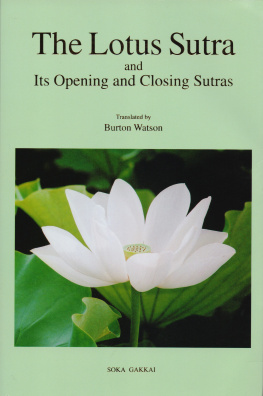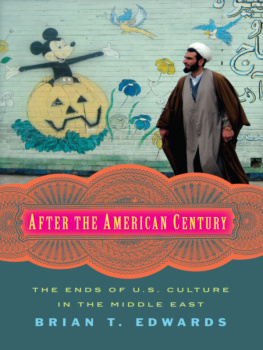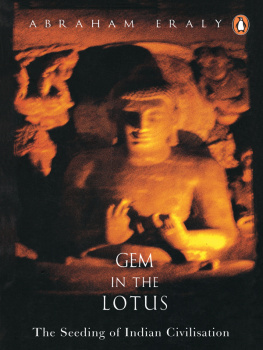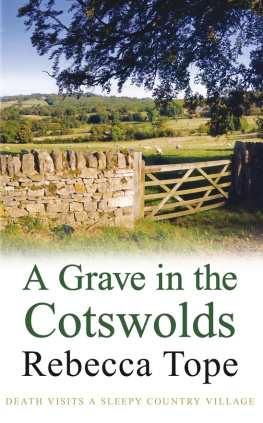Tatya Topes
OPERATION RED LOTUS
Copyright Parag Top 2009
Published 2009 by

7/16, Ansari Road, Daryaganj,
New Delhi 110 002
Sales Centres:
Allahabad Bangalooru Chandigarh Chennai
Hyderabad Jaipur Kathmandu
Kolkata Mumbai
All rights reserved.
No part of this publication may be reproduced, stored in a
retrieval system, or transmitted, in any form or by any means,
electronic, mechanical, photocopying, recording or otherwise,
without the prior permission of the publishers.
The author asserts the moral right to be identifi ed
as the author of this work.
Typeset by
Mindways Design
1410 Chiranjiv Tower
43 Nehru Place
New Delhi 110 019
Printed in India by
Rekha Printers Pvt Ltd.
A-102/1, Okhla Industrial Area, Phase-II,
New Delhi-110 020
CONTENTS

Endnotes
PREFACE

 istory is always written with an agenda. There are times when the agenda is benign, but far too often it is not. Dig deeper, put the context in perspective, and very often a dark underbelly reveals itself. In that darkness exist, many real stories that were not only covered up or buried, but also distorted and destroyed.
istory is always written with an agenda. There are times when the agenda is benign, but far too often it is not. Dig deeper, put the context in perspective, and very often a dark underbelly reveals itself. In that darkness exist, many real stories that were not only covered up or buried, but also distorted and destroyed.
So what was our agenda? To resolve a long standing dichotomy between stories passed down in the family about Tatya Top and coming to terms with a history written by aliens, and to uncover and reconstruct the real story of 1857.
Understandably, English historians had a biased view on this subject. A common thread running through most English narratives is to either trivialise facts, prejudice the reader by giving an unsightly physical description of natives, or pass off undecipherable events as religious rituals! What about Indian historians? Did they simply lack the will or the ability to synthesise facts? Were they more concerned with pleasing those who controlled their purse strings?
As much as academic historians either English or Indian, claim to be objective about history, the question remains whether it is really possible. In the introduction to 1857 in India , Ainslee T. Embree of Columbia University writes in reference to various narratives on the subject, the writers have proclaimed their freedom from prejudice and their intention of treating their materials with objectivity, yet their biases are strikingly evident in both the selection of the evidence and in the value judgments they apply to it. In many cases when certain subjective evidence is available, historians have two options one, accept that it is authentic or two, say it is questionable and therefore reject it. When objective criteria to assess the veracity of that piece of information are lacking it is often the prerogative of the historians to make that interpretation.
In making that interpretation, context is everything.
In our quest to unravel the real story of Tatya Top, we stumbled upon the hidden history of 1857. Tucked away in the archives and the libraries, is a plethora of information, either overlooked, side-stepped or misrepresented. Add to these, the original and never before translated letters written in Urdu, the letters in Bundeli, eye-witness accounts in Marathi, English reports viewed from a different context, and we have a dramatically different story. Within the new context, these nuggets of information became the missing pieces in the mosaic of the war of 1857. While the red lotus flower has a symbolic meaning representing Indic ideas and ideals, this book demonstrates that the red lotus represented something far more specific during the war of 1857.
While this book is the most detailed account yet of Tatya Tops contribution to 1857, presenting nearly all his movements and battles during his incredibly long campaign, it is certainly not definitive. At a minimum, it enforces the argument that Indian history, particular that of 1857, needs significant reassessment. We hope that this makes a case and, encourages Indian academics to relinquish their revisionist outlook, and take a fresh look at Indian history.
Illustrations are an integral part of the narrative and they have been used to represent the complicated troop movements in the various phases of the war as well as schematically describe the battles; all of which the English claim to have won. The base map was created electronically from publicly available information. All troop movements and analysis was overlaid on the base map, based on the various sources as cited in the text. No modern political boundaries are represented, because they are not relevant to the topic.
In the context of spellings for the names of towns, our primary goal was effective communication. The approach to the spellings of Indian words was premised on overcoming the inability of the Roman script to represent Indian sounds. We have used spellings generally based on phonetic conventions that have evolved in a post-British India. Many maps have been annotated with information from various reports showing the English spelling of the places used in the communication during that period. For example, a map showing the town of Deohati is annotated as, November 29, 1858: Tatya Tope at Dewhuttee. This attempts to bridge the gap between the narratives of 1857 and the modern spellings of various towns. In many cases, decoding the English spellings and studying the maps was like solving a puzzle that involved guessing what the original Indian name would be, based on how the English were likely to have pronounced it, and then locating it on the map. While words like Raatghur for Rahatgarh were easy, Saltol for Sarthal were frustrating. Poonah for Pahoona were confusing, and Sooseneer for Susner were amusing. And of course, we have an entire chapter dedicated to Cawnpore.
A significant amount of effort went into compiling the movement of the troops in the early part of the war. The troop movement table is a compilation of the main infantry and cavalry regiments of the Bengal and the Gwalior armies. It summarises where each of the regiments were stationed, the date when they overpowered the local English army, and more importantly, their destination. This table summarises the initial theater of the war and most of the action in the early stages of the war. Our focus on the subsequent phases of the war was on Tatya Topes movements. The many battles fought in other parts of India, are referred to only when the context demanded it.
We have referred to the War of 1857 as an Anglo-Indian War. Regardless of the ethnic identities of the soldiers who fought the battles, there were clearly two sides in this war. Tatya Tope and other Indian leaders were fighting to rid India of the English. The English, on the other hand, were willing to pay anyone and everyone who would allow them to continue their plunder of India. While many earlier narratives have used the words British, European or White as being more representative of the personnel that were involved, they camouflage something very important. Whether the soldiers were Irish, Scottish or mercenaries of other ethnic identities, they all were being paid by their English masters. They were fighting a war that represented English interests and the English empire, where the Irish, the Scottish and others were amongst those oppressed. Therefore, we have often used the word English to represent what many other narratives have chosen to use the word British.
Next page














 istory is always written with an agenda. There are times when the agenda is benign, but far too often it is not. Dig deeper, put the context in perspective, and very often a dark underbelly reveals itself. In that darkness exist, many real stories that were not only covered up or buried, but also distorted and destroyed.
istory is always written with an agenda. There are times when the agenda is benign, but far too often it is not. Dig deeper, put the context in perspective, and very often a dark underbelly reveals itself. In that darkness exist, many real stories that were not only covered up or buried, but also distorted and destroyed.